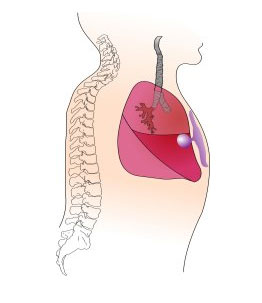A PHP Error was encountered
Severity: Notice
Message: Trying to access array offset on value of type null
Filename: controllers/Courses.php
Line Number: 316
Backtrace:
File: /home/web-a/wmm087/public_html/elf/application/controllers/Courses.php
Line: 316
Function: _error_handler
File: /home/web-a/wmm087/public_html/elf/index.php
Line: 308
Function: require_once
A PHP Error was encountered
Severity: Notice
Message: Trying to access array offset on value of type null
Filename: controllers/Courses.php
Line Number: 342
Backtrace:
File: /home/web-a/wmm087/public_html/elf/application/controllers/Courses.php
Line: 342
Function: _error_handler
File: /home/web-a/wmm087/public_html/elf/index.php
Line: 308
Function: require_once
A PHP Error was encountered
Severity: Notice
Message: Trying to access array offset on value of type null
Filename: controllers/Courses.php
Line Number: 343
Backtrace:
File: /home/web-a/wmm087/public_html/elf/application/controllers/Courses.php
Line: 343
Function: _error_handler
File: /home/web-a/wmm087/public_html/elf/index.php
Line: 308
Function: require_once
A PHP Error was encountered
Severity: Notice
Message: Trying to access array offset on value of type null
Filename: controllers/Courses.php
Line Number: 344
Backtrace:
File: /home/web-a/wmm087/public_html/elf/application/controllers/Courses.php
Line: 344
Function: _error_handler
File: /home/web-a/wmm087/public_html/elf/index.php
Line: 308
Function: require_once
Mechanism of Development of Empyema
- The commonest reason for empyema development is spread of infection from associated community acquired pneumonia (parapneumonic empyema).
- The organism usually responsible is Streptococcus pneumoniae.
- It is usually not cultured from the pleural pus as it is almost invariably very sensitive to penicillin.
- Parapneumonic empyema develops as a result of transpleural bacterial translocation into a previously sterile pleural effusion or
as a result of rupture of lung abscess into the pleural cavity.
- Chest trauma is the next commonest cause of empyema, usually blunt trauma in the UK, but often penetrating trauma in other parts of the world.
- In penetrating chest trauma, the infection is often caused by gram negative gut bacteria, as penetrating chest injuries are often transdiaphragmatic in extent.
- In blunt chest trauma, haemothorax is superinfected as a result of co-incident hypostatic pneumonia, haematogenously or as a
result of ascending infection on chest drains that have to be left in place for long periods of time.
Pathogenesis of empyema from a right middle lobe lung abscess rupturing anteriorly into the pleural cavity.


